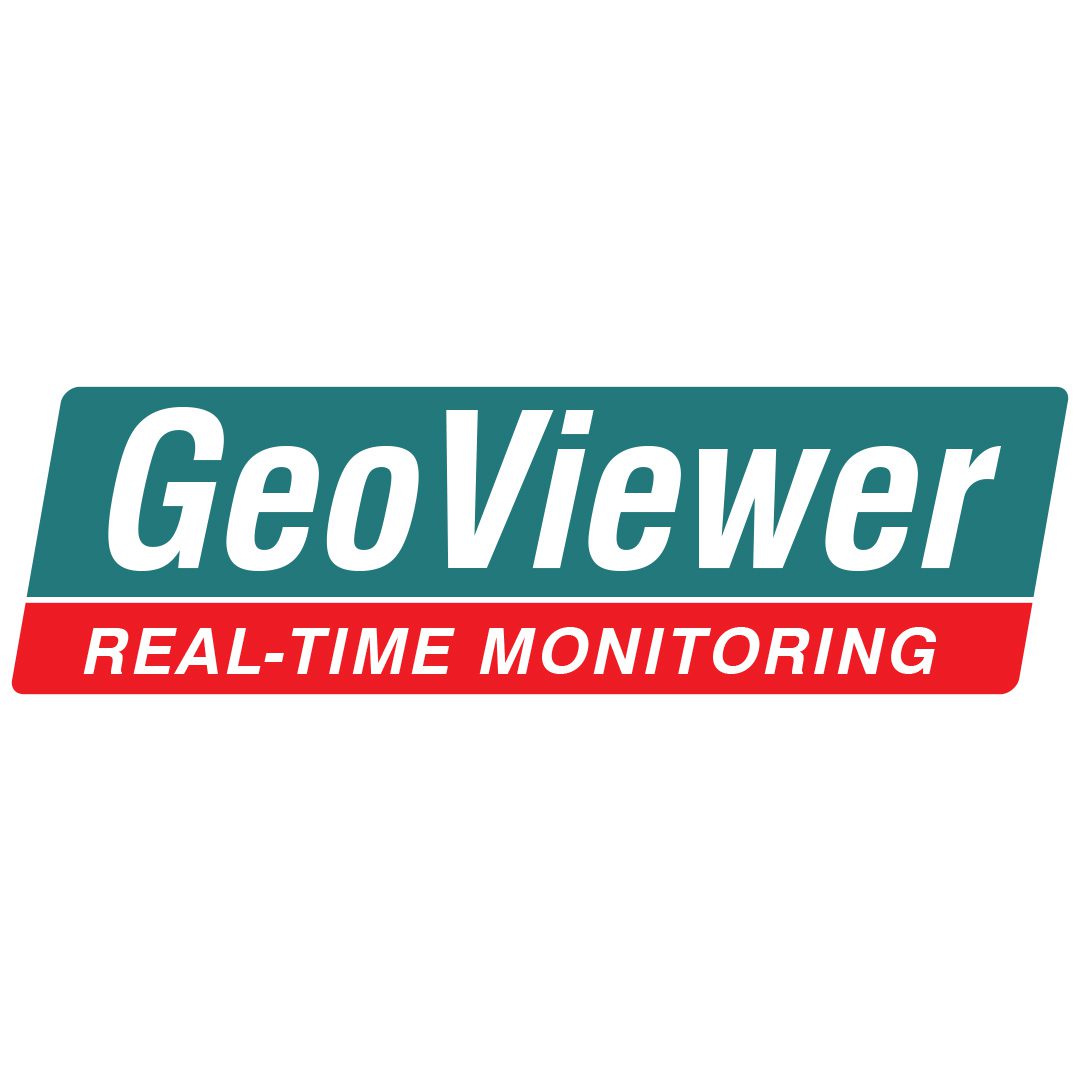DATA SOURCE & PRESENTATION
Much GeoViewer data originates in data loggers which transmit their data by various logger-specific means to files which are locally or remotely accessible to the GeoViewer server. Because of this file model, any file with a public format which contains time-stamped data may be presented in GeoViewer: spreadsheets, databases, comma-separated text files, GPS data, public weather data, etc. Designed for efficient use, data presentation is typically shown as views as indicated below:
- MIMIC VIEW: with stoplight (green/yellow/red/blue/grey for ok/warning/alarm/ alarm-off/stale data) buttons which “drill down” into other views
- LISTS VIEW: with stoplight coloured numeric fields
- TIME SERIES PLOTS: with one or more channels with alarm levels, different sampling rates
- EXAGGERATED PROFILES: for inclinometers, tilt beams, etc.
- LINKED FILES: installation photos, logger programs, calibrations, notes, all one mouse click away from the data
ALARM FUNCTIONS
Full-featured alarms are available for all channels, calculations from channels, communication status, etc. The alarms include high/low warn and alarm levels, hysteresis, event triggers, alarm levels computed from data, device outputs, privilege alarm mask. It is suggested that not every channel be alarmed and alarms be implemented incrementally to minimize nuisance alarms.
WEB FUNCTIONALITY & MOBILE FRIENDLY VIEWS
GeoViewer utilizes Internet communications in numerous ways. Data acquisition may use wired or wireless web communication as a link in a communications chain, local and wide area networks may be used to access data files outside the GeoViewer server, back-up may use offsite resources.
End users may view data by remote computer or mobile device, and receive alarms by e-mail, text messages etc. Privileged users can maintain the system from offsite, typically by VPN (virtual private network) remote access. Because of the limited screen size of mobile devices, mobile-friendly views are typically required, with large buttons and reduced clutter.
CALIBRATION & COMPUTATION
With all data storage in raw format, calibration is typically performed on-the-fly using a calibration database. Numerous functions are available: linear, polynomial, transcendental, relational across the entire system (not just within a logger).
Deferred calibration is a powerful maintenance tool: if the calibration of a sensor is found to be incorrect, the appropriate calibration page is edited, and the entire record is automatically updated from the first reading. If a sensor is replaced, intermediate variables are created which point to the discontinuous record, each with an appropriate calibration, and a composite variable is created which switches from one intermediate variable to the other on the replacement date.








